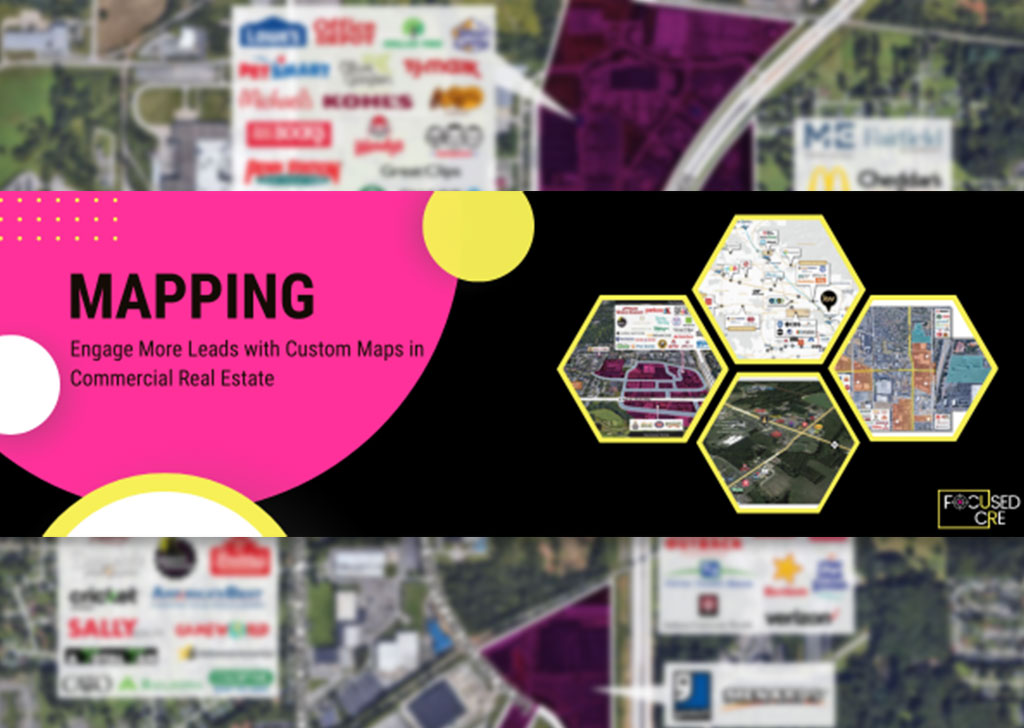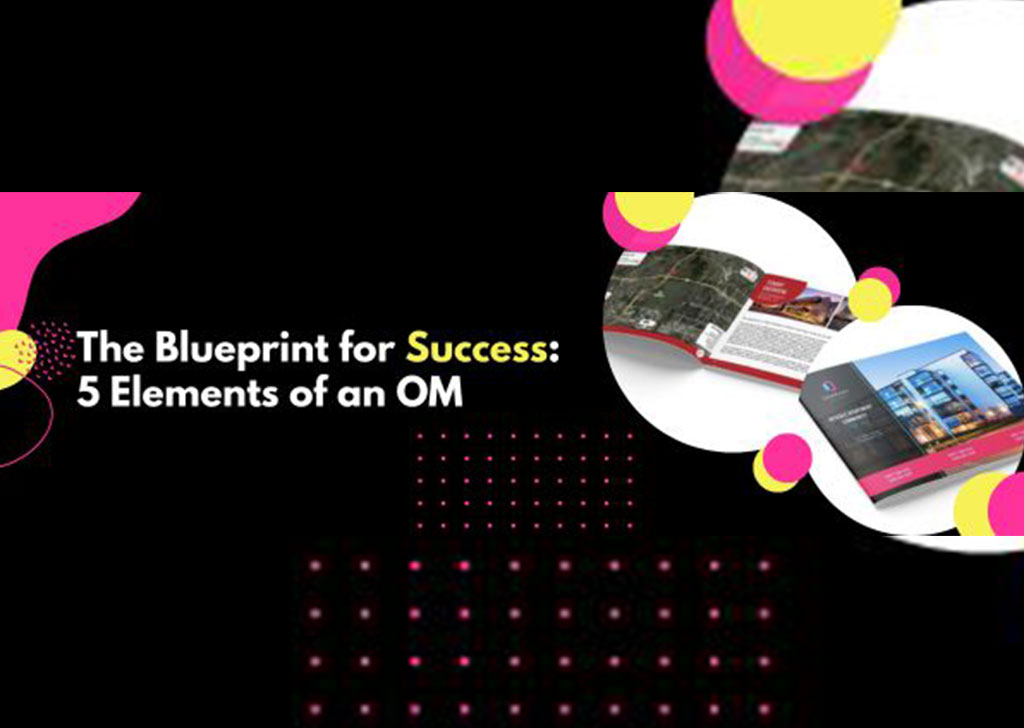Mastering the Art of Financial Modeling for Commercial Real Estate Investment Memorandums
Developing financial models for a commercial real estate investment memorandum is an important task that requires a thorough understanding of the real estate market and the investment process. A good financial model can help investors make informed decisions and increase the chances of success for a commercial real estate investment. In this article, we will discuss some of the best ways to develop financial models for a commercial real estate investment memorandum.
- Understand the market: Before you start building a financial model, it's important to have a good understanding of the real estate market. This includes understanding the current market trends, the demand for different types of properties, and the economic conditions that may affect the market. This information will help you make more accurate predictions about the performance of a property and the potential return on investment.
- Use reliable data: The accuracy of a financial model depends on the quality of the data used. It's important to use reliable data sources such as the National Council of Real Estate Investment Fiduciaries (NCREIF) or the Real Capital Analytics (RCA) database. These databases provide detailed information on a wide range of commercial real estate properties, including sale prices, rents, and occupancy rates.
- Start with a template: Building a financial model from scratch can be time-consuming and overwhelming. To save time, it's a good idea to start with a template. There are many templates available online, such as the ones provided by the National Council of Real Estate Investment Fiduciaries (NCREIF) or the Real Capital Analytics (RCA) database. These templates can be modified to suit the specific needs of your investment.
- Focus on the key drivers: A financial model should focus on the key drivers of the investment, such as rental income, occupancy rates, and property appreciation. These drivers will have the biggest impact on the performance of the investment and should be given the most attention in the model.
- Stress test the model: A financial model should be stress tested to see how it performs under different market conditions. This includes testing the model under scenarios of rising interest rates, declining occupancy rates, and other potential market risks. This will help identify any potential weaknesses in the model and allow you to make adjustments to mitigate these risks.
- Update the model regularly: The real estate market is constantly changing, and it's important to keep your financial model up to date. This includes updating the data used in the model and making any necessary adjustments to reflect changes in the market.
- Communicate the results clearly: A financial model is only as good as its ability to communicate the results clearly. It's important to present the results in a clear and easy-to-understand format, such as a graph or table. This will make it easier for investors to understand the potential returns and risks associated with the investment.
As you can see, developing financial models for a commercial real estate investment memorandum is an important task that requires a thorough understanding of the real estate market and the investment process. By understanding the market, using reliable data, starting with a template, focusing on the key drivers, stress testing the model, updating the model regularly, and communicating the results clearly, you can increase the chances of success for a commercial real estate investment.











